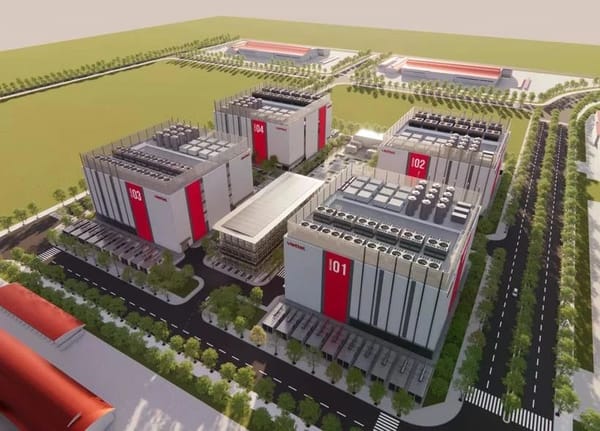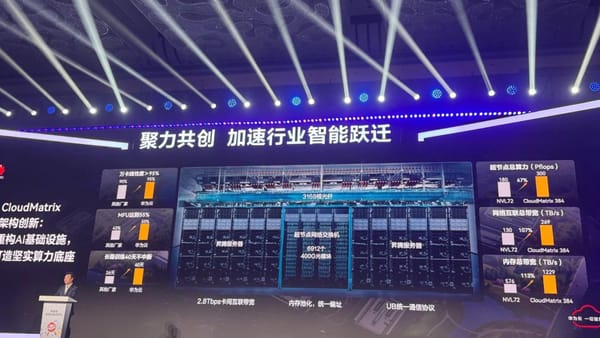Three misconceptions about data centres
A few misconceptions I stumbled upon lately.

Data centres can be hard to wrap one's head around. Here are 3 common misconceptions I came across in recent weeks.
Liquid cooling means you use more water
Not really. Unlike air cooling which relies on cold air to cool server components, liquid cooling brings liquid much closer to the racks inside data halls.
Technical implementation differs depending on whether it's rear door active cooling, direct-to-chip cooling, or immersion cooling.
- Rear door coolers (RDC) - Chiller water to each rack
- Direct to chip (DTC) - Chilled water to CPUs and/or GPUs.
- Immersion cooling - Immersion in a liquid (not water).
The important thing though, is that the final portion is typically a closed loop. This means water doesn't leak out, and so you don't actually "consume" more water.
All data centre operators are the same
Like in any industry, data centre operators have a range of business models and target different segments of the industry.
- Hyperscalers - usually cloud giants.
- Smaller cloud providers (Tier-2).
- Enterprise businesses.
- Governments.
Some might even target different industry segments or adopt a different approach in Asia versus their data centres elsewhere.
Depending on their customer focus, operators will have very different strategies and technical capabilities.
Every operator cares about sustainability
Everyone says the right things. But the proof is in the pudding. As I wrote before, most data centre operators merely do the bare minimum to look good.
- Using NEWater (In Singapore).
- Rooftop solar panels.
That's why I often make it a pint to praise data centre operators who go the extra mile - often spending more money for minor gains to improve the efficiency or sustainability of their facilities.
Have you heard of other misconceptions? Do share.




